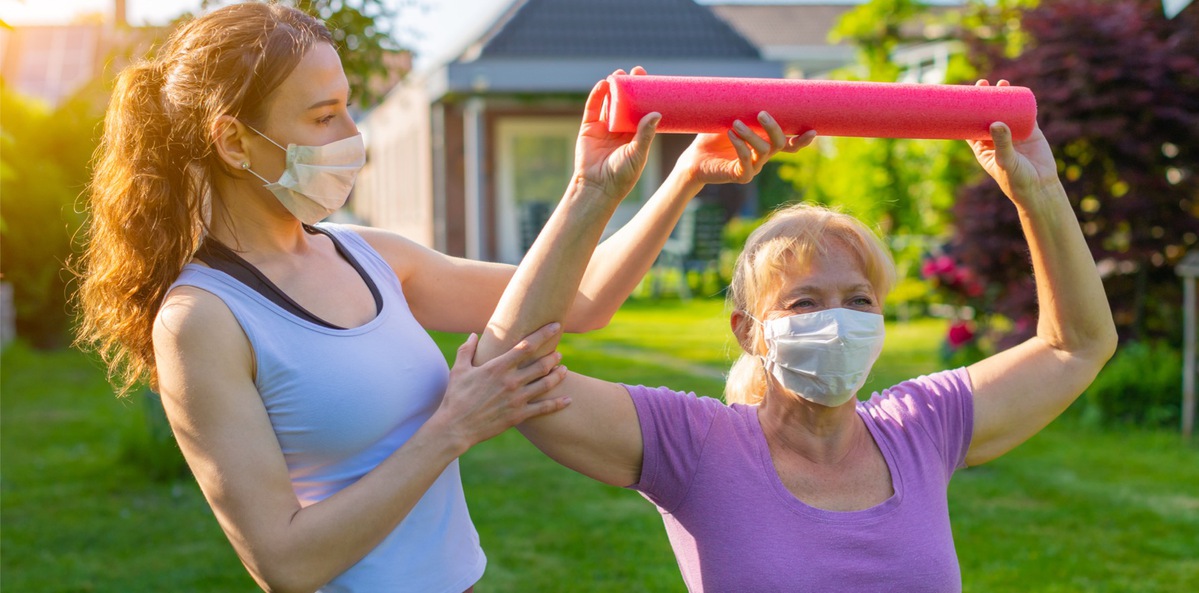While all patients should regularly do muscle-strengthening and weight-bearing exercises, experts provide alternatives for those with additional risk factors.
Patients with osteoporosis need to exercise regularly to improve bone health, and a consensus statement by UK experts gives specific guidance on when and how.
“Osteoporosis exercise programmes, like other exercise programmes for older people and those with long-term conditions, need to be more than a prescribed set of exercises,” the authors wrote in the British Journal of Sports Medicine.
The experts advised all people with osteoporosis to undertake muscle-strengthening exercises, such as squats, lunges or chest presses, two or three days a week. To maximise bone strength, patients should combine these exercises with progressive muscle resistance training, using weights or resistance bands and increasing up to three sets for each exercise, it said. If resistance training is too intensive, patients should consider circuit training as an alternative.
Experts also recommended all patients engage in some form of weight-bearing exercise daily, including lower-impact activities like walking or stair climbing and moderate impact ones like skipping or jogging. Patients should include a variety of movements and speeds in their routine, starting with lower impact if advised but ideally building up to moderate impact to achieve the best results, the experts advised.
For osteoporosis patients who have a history of vertebral or low-trauma fractures, or who are frail or elderly, the statement suggested limiting impact exercise to lower levels, the equivalent of a brisk walk, for twenty minutes per day. They should also consult with a physiotherapist to receive individualised advice before engaging in both impact and progressive resistance training.
In addition to weight-bearing and muscle-strengthening, experts said including activities such as tai chi, Pilates or yoga two or three days a week could improve strength and balance for all patients. These activities were particularly important for those at risk of falls, who are advised to begin with targeted strength and balance training before moving on to other exercises.
“People with osteoporosis should be encouraged to do more rather than less,” the authors wrote. “This requires professionals to adopt a positive and encouraging approach, focusing on ‘how to’ messages rather than ‘don’t do’.”
According to a 2017-18 National Health Survey, over 900,000 Australians reported having osteoporosis, with more than 1 in 4 women over the age of 75 affected by the condition.
The multidisciplinary panel drew on a wide array of clinical and patient opinions when drafting their recommendations.


